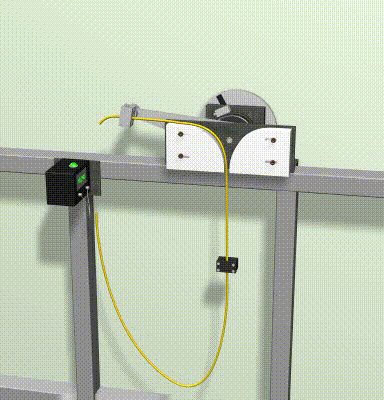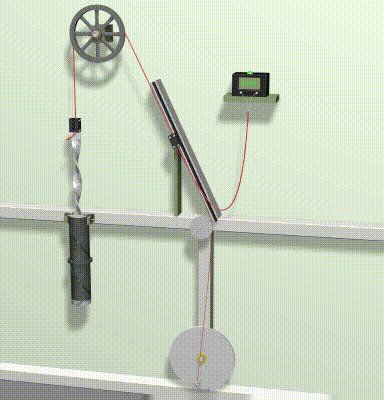High Flex Cable
Flexibility vs. Flex Life
Flexibility is a measure of how much movement a cable can tolerate at a given time. Torsional, rolling, bending, and variable describe different flexibility types. Flexibility is tested when a cable is bent, twisted, or pulled into positions other than its original state. Flexible cable can bend significantly and stay bent for a large amount of time without damage.
Flex life deals more with how often a cable moves without serious damage and less with how the cable moves. Many cables bend for limited use (e.g., installation). High flex life cable bend repeatedly and regularly without disrupting the cable’s intended use (e.g., power supply or data transfer).
A cable can endure a variety of flexing types: variable, continuous, bending or tic-toc, torsional, and rolling.
Variable Flex: A slacked cable is fixed in two positions along its length, surrounding a free moving apparatus such as a robotic head.
Continuous Flexing: In extreme applications, the cable is subject to steady, repeated movement over a wide range of motion.

Bending or Tic-Toc: The cable bends back and forth. One end may be stationary and the end in motion may be bending over a fixed object.

Torsional Flex: The cable twists around its axis. The torsional flex may also involve pulling or tension stressing on the cable, combined with bending and/ or rolling flexing.
Rolling Flexing: Commonly found in cable track systems. A flexible cable carrier rolls back and forth over some length in a linear motion. The constant rubbing of the cable jacket against the carrier track itself and other cables or hoses in the track is an added hazard to the cable. Some carriers can twist.
- Ensure sufficient memory for inner conductor insulation materials and outer jacket materials. They tend not to maintain a set deformation when stressed
- Construct the overall cable loose and internally slippery for conductors to move freely within the bundle and prevent failure caused by heat and abrasion
- Use an alloy for the inner conductor copper that can withstand flexing without cold hardening
- Design of the copper wire stranding should minimize internal bending strain
- Optimize the lay of the cable bundle to minimize strain
- Ensure testing and rating is applicable for anticipated flex-life
Northwire EnduroFLEX cables are built to withstand continuous bending and twisting motion
- EnduroFLEX XM – Industrial-grade TPE outer jacket cable for factory automation, robotics, and other continuous motion cable applications
- EnduroFLEX CRXM – Cut-resistant, industrial-grade TPU cable for factory automation, robotics, and other continuous motion cable applications
Do You Need a Flexible or High Flex Life Cable Solution for Your End Application?
Let us help! Partner with a Northwire Design Engineer or Application Specialist and we will help you develop your custom cable solution to meet your end application needs.